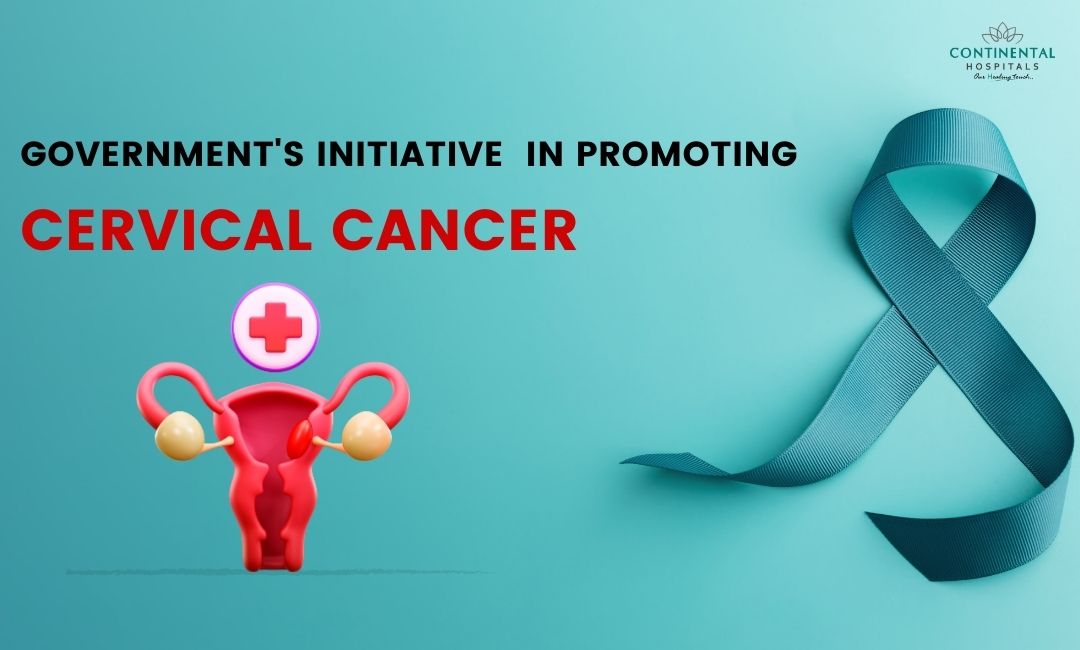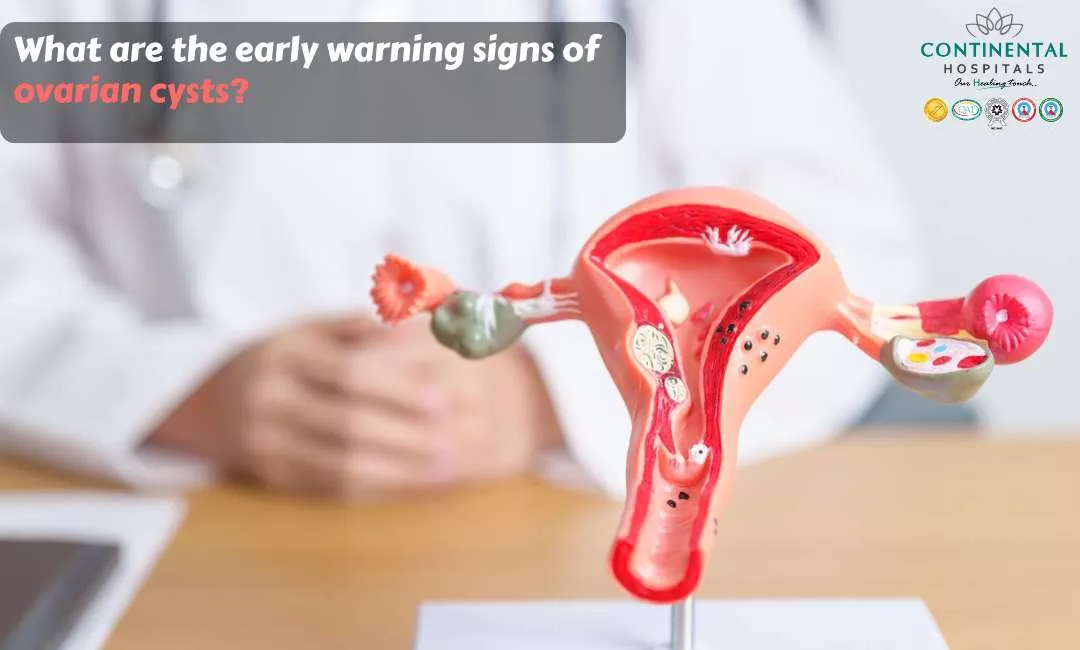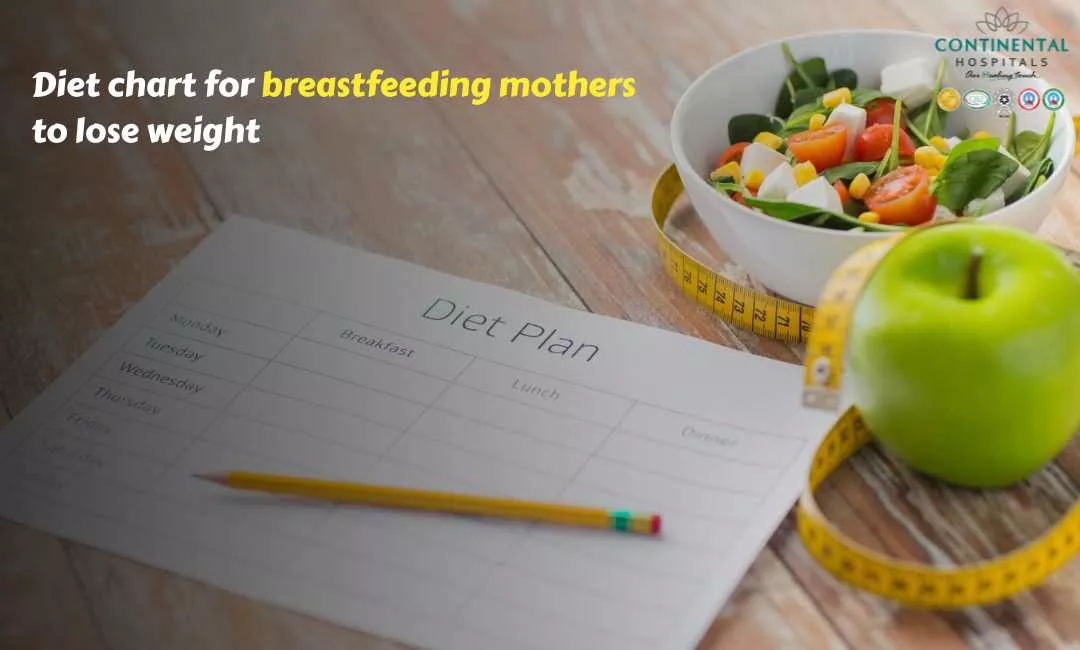Cervical cancer, a silent and deadly foe, claims the lives of thousands of women across the globe every year. In India, it stands as the second most prevalent cancer among women, casting a dark shadow on countless families and communities. To encourage vaccination of girls against cervical cancer Indian government has undertaken commendable efforts to promote cervical vaccines as a means of averting this deadly disease.
India paints a grim picture, witnessing over 123,000 new cases and close to 77,000 deaths from cervical cancer annually. This translates to the tragic loss of a mother, sister, daughter, or friend every eight minutes. The impact transcends numbers, shattering families and leaving an indelible mark on society. Early detection and prevention are crucial to break this cycle, and cervical vaccines offer a powerful solution.
If you have concerns about your cervical cancer, it's best to consult with a Cancer specialist who can assess your risk factors.
Importance of Vaccination in Preventing Cervical Cancer
Vaccination plays a pivotal role in averting cervical cancer, serving as a crucial preventive measure against this potentially life-threatening disease. By stimulating the immune system to recognize and combat specific viruses linked to cervical cancer, vaccinations effectively reduce the risk of infection. Cervical cancer is primarily caused by certain strains of sexually transmitted viruses, and vaccination acts as a shield, impeding the viruses' ability to take root and trigger malignant cell growth. Thus, the importance of vaccination in preventing cervical cancer lies in its ability to thwart the initial infection, ultimately curbing the development of one of the most prevalent and preventable forms of cancer among women worldwide.
Benefits of Executing Vaccination Initiative for Cervical Cancer
Implementing a vaccination campaign against the Human Papillomavirus (HPV), the major cause of cervical cancer, offers a plethora of benefits. Here are some key ones:
Significant decrease in incidence: Studies show that HPV vaccination can reduce cervical cancer cases by up to 70%. This translates to thousands of lives saved and countless women spared from a potentially devastating disease.
Early intervention: Vaccination before sexual activity offers the best protection, preventing HPV infection and the subsequent development of cancer.
Cost-effectiveness: Vaccination is considered a cost-effective preventive measure compared to treating established cancers, saving healthcare systems significant resources.
Reduced healthcare burden: Fewer cervical cancer cases lead to less strain on healthcare facilities, allowing resources to be allocated to other critical areas.
Individual Empowerment:
Improved quality of life: By preventing cancer, vaccination helps women avoid the physical and emotional toll of the disease and its treatment, allowing them to live fuller lives.
Protection against other HPV-related cancers: The HPV vaccine also protects against other HPV-related cancers, including vulvar, vaginal, and penile cancers.
Herd immunity: Widespread vaccination creates herd immunity, indirectly protecting those who are not vaccinated or cannot be vaccinated due to medical reasons.
Government's Initiative in Promoting Cervical Vaccines in India
Inclusion in Universal Immunization Programme (UIP): In February 2024, the government announced the inclusion of HPV vaccination in the UIP for girls aged 9-14 years. This is a significant step towards ensuring wider accessibility and affordability of the vaccine.
Development of indigenous vaccine: To make the vaccine more accessible and affordable, India's first indigenously developed quadrivalent HPV vaccine, "CERVAVAC," was launched in 2022.
Budgetary allocation: The 2024 Interim Budget allocated resources for the procurement and distribution of HPV vaccines as part of the UIP expansion.
School-based vaccination drives: The government plans to conduct HPV vaccination campaigns in schools to reach a large number of girls within the target age group.
Community outreach programs: Awareness campaigns are being conducted through various channels, including Anganwadi centers, ASHA workers, and local media, to educate communities about cervical cancer, HPV infection, and the benefits of vaccination.
Digital platforms: Information and registration for vaccination are being made available through digital platforms to improve accessibility and convenience.
Technical assistance: The government is collaborating with national and international healthcare organizations like WHO and UNICEF for technical assistance in planning, implementing, and monitoring the HPV vaccination program.
Community mobilization: NGOs are playing a crucial role in mobilizing communities, addressing vaccine hesitancy, and creating awareness about cervical cancer screening and early detection.
Research and development: Collaborations are ongoing with research institutions and pharmaceutical companies to improve vaccine affordability, develop new screening methods, and enhance access to treatment.
If you have concerns about your cervical cancer, it's best to consult with a Cancer specialist who can assess your individual risk factors.
Challenges and Future Directions:
While the government's initiatives are commendable, challenges remain in ensuring equitable access to the vaccine across all geographies and socioeconomic groups. Addressing vaccine hesitancy through effective communication and community engagement is also crucial. Continued research and development efforts are needed to optimize screening strategies, treatment options, and overall program effectiveness.
In conclusion, the concerted efforts of the Indian government in promoting cervical vaccines represent a critical step towards addressing the alarming prevalence of cervical cancer in the country. The inclusion of HPV vaccination in the Universal Immunization Programme, the development of indigenous vaccines, and various community outreach initiatives underscore a commitment to public health.
However, as we applaud these initiatives, it is essential to acknowledge the challenges that persist, such as ensuring equitable access, overcoming vaccine hesitancy, and continued research for program optimization. The path ahead requires sustained collaboration between the government, healthcare organizations, NGOs, and communities to achieve comprehensive cervical cancer prevention.
By collectively tackling these challenges and building on the current momentum, India has the potential not only to save countless lives but also to set a precedent for effective public health interventions. The fight against cervical cancer is not just a medical battle; it is a societal commitment to the well-being of women and families across the nation. Through continued dedication and collaborative action, India can pave the way for a healthier future, free from the shadows cast by this silent and deadly diseases.
Thanks to the Indian Government, and especially to Ms. Nirmala Sitharaman, for bringing attention to the critical issue of cervical cancer.
Video Credits: Indian Express
Related Blog Articles
1. HPV Vaccine: A Powerful Tool in Preventing Cervical Cancer
.webp)














